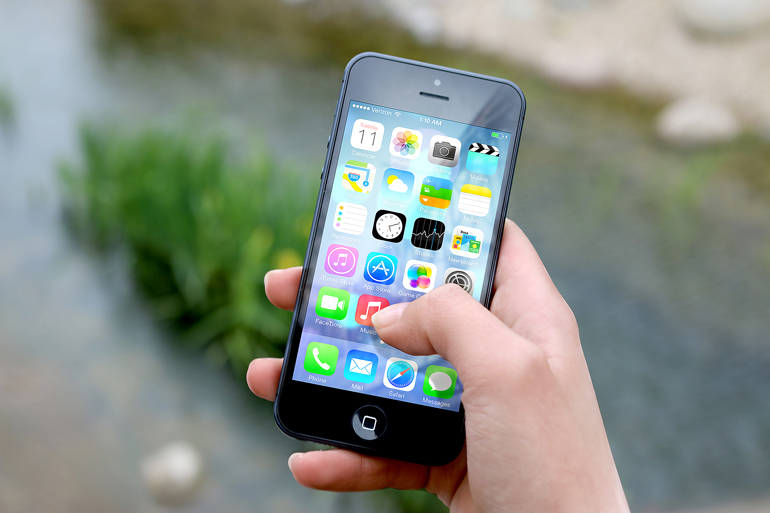- Category: June 2016 - Mobile Marketing
 Push notifications are a relatively new channel in the digital dialogue marketing but need as a prerequisite that the user installs an app of the advertising company or one of its partners. Only then the marketer can send messages to the users’ smartphones via the app, even if the person is not actively opening the app. The push notification appears on the smartphone, comparable to an SMS or WhatsApp message, and typically - but not necessarily - links to content in the app.
Push notifications are a relatively new channel in the digital dialogue marketing but need as a prerequisite that the user installs an app of the advertising company or one of its partners. Only then the marketer can send messages to the users’ smartphones via the app, even if the person is not actively opening the app. The push notification appears on the smartphone, comparable to an SMS or WhatsApp message, and typically - but not necessarily - links to content in the app.
Since push notifications from apps have exceptionally high interaction rates and can be used effectively to respond to triggers in mobile contexts, they have become an indispensable channel in the digital dialogue marketing. Let’s take a look at what marketers can achieve with push notifications and for what kind of applications they are most suitable.
A multitude of communication channels require the attention of smartphone the user, such as mobile email, SMS, social media posts, messages from WhatsApp and other mobile messengers.
So what are the benefits of app push notifications?
Push notifications are particularly eye-catching and personal, reaching the users directly on their constant companion - the smartphone – at best, personalized and in real-time, adjusted to the context of use.
Since users generally get much less push notifications than other messages, and push notifications are in general displayed separately (a single notification with headline and logo of the provider rather than "you have 8 new messages in 3 chats"), they stand out of the crowd. According to a recent study of Thanx, push notifications reach opening rates of 47%-80%, depending on factors such as timing, occasion or relevance, as well as the industry or engagement rates (CTRs) which vary between 12% (retail) and 40% (finance and services).
Due to the direct link to the app, push notifications are particularly suitable to generate regular activity in the app. However, the biggest advantage of push notifications is, according to Urban Airship, the on average 26% higher open rate and 92% higher retention rate compared to apps without push notifications. In fact, studies of Kahuna and Localytics come to similar results, and Flurry Analytics claims there have been already 1.85 billion mobile app users worldwide last year and that 52% of them use push notifications.
But not just smartphone users are in the running as a target group for app push notifications. The channel is also suitable for smart watches, connected car and other networked (mobile) end devices, which allow the installation of apps. The increasing relevance of the Internet of Things will for sure open up new application scenarios and potential for app push notifications, too.
Bear in mind the mobile context of use
Basically, app push notifications can be used to send any marketing or service communication. Good examples are news apps that push breaking news on smartphone, travel apps that inform the user on the delayed flight, gaming apps that announce the user who has cracked the previous record, or shopping apps that notify the user via app notification about the shipping status of the ordered goods.
Very effective are, for instance ‘remarketing messages’ for abandoned shopping carts in the shopping app. Always make sure that the communicated contents refer to activity in the app. Email marketing is probably still the better choice to communicate e.g. news on the (hopefully mobile optimized) website, but particularly effective are app push notifications if they take into account the mobile context of use, which means the location as well as related information, such as the weather or the traffic situation.
By Daniela La Marca


